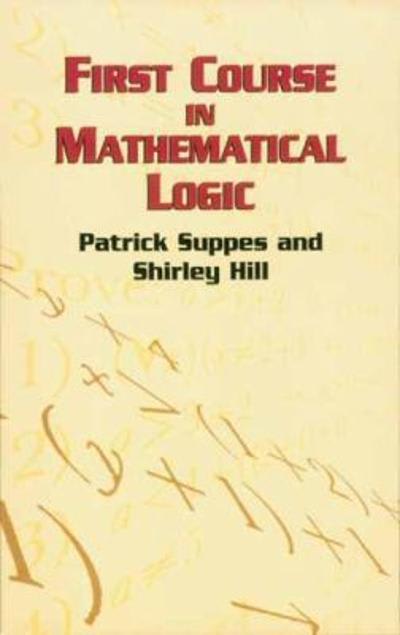Answered step by step
Verified Expert Solution
Question
1 Approved Answer
Jens is thinking about retirement. Beyond today - he knows that he will live for only two more periods. He will only earn income in
Jens is thinking about retirement. Beyond today - he knows that he will live for only two more periods. He will only earn income in period 1 of $5000 and needs to decide what to should be made in regards of retirement in period 2 and period 3. He has a discount rate of 3% and a utility function () = 0.4. He is an expected utility maximizer and uses exponential discounting to discount consumption over time. Therefore, he makes intertemporal choices according to the following valuation function = ( 1) + 2 [( 2)] + 3 [( 3)] where 2 = where = 1 and (1+ ) 1 (1+ )2 3 part 2 : Jens has also the option to buy an annuity in period 1 that pays $1500 in period 2 and $1500 in period 3. The interest rate is so low that it is equal to zero. Since it is administratively expensive to offer annuities, the price that Jens has to pay for this financial product is $3600, or 20% above the fair value of this product (i.e., $3000). Calculating: the utility that Jens will derive from this option. PART 3 assuming that Jens can invest in a portfolio in period 1. This option will allow him to consume either $5300 or $1077,78 with a 10/90 chance in period 2 and either $5300 or $1077,78 with a 10/90 percent chance in period 3 as well. This portfolio pays on average 1500 in period 2 and 3 which means that the expected value of this portfolio is $3000 under the assumption of an interest rate of 0%. Since administrative costs of investing in a portfolio are cheaper than those of the annuity product, the cost of this portfolio is $450, which means a cost 15% above the expected value of the portfolio (i.e. $3000). Calculating: the utility that Jens will derive from this option. - PART 4: According to calculations in parts 1, 2 and 3 above, what option would Jens choose? Buy an annuity? Buy a portfolio? Or consume everything in the first period? provide an economic intuition to the answr. ADDITIONAL INFORMATION assuming that Jens discounts consumption over time according to the Quasi- hyperbolic discounting model. This means that the discount factor is now the following: = 1 in period 2 and 2 (1+ ) period 3 . 2 = 1 in (1+ )2 This new discount factor implies that Jens discounts the future heavily and therefore he has now a stronger preference for the present. The discount rate is the same as before (i.e., 3%). Additionally assuming that Jens derives utility from long shot investment bias. We model this by introducing rank dependent utility preferences within each period. Assuming Jens is a Rank-dependent utility maximizer with a weighting function given by () = 0.8. If a given asset results in given consumption bundles of either X or Y, with X greater than Y, with objective probability p and 1-p, respectively, then the individual maximizes the following Rank- dependent utility valuation: = () () + (1 ())()
Step by Step Solution
There are 3 Steps involved in it
Step: 1

Get Instant Access to Expert-Tailored Solutions
See step-by-step solutions with expert insights and AI powered tools for academic success
Step: 2

Step: 3

Ace Your Homework with AI
Get the answers you need in no time with our AI-driven, step-by-step assistance
Get Started


